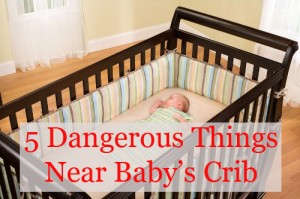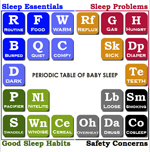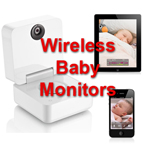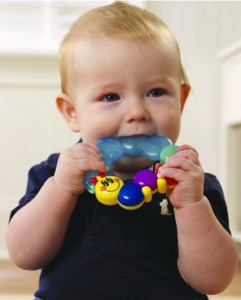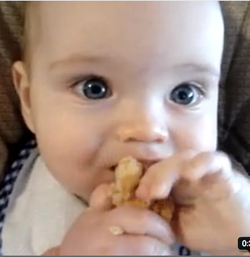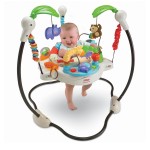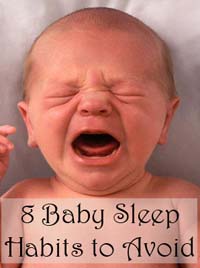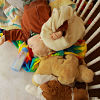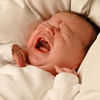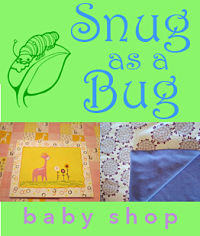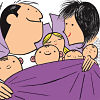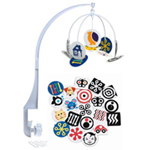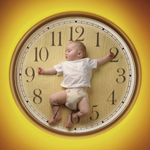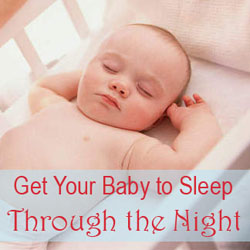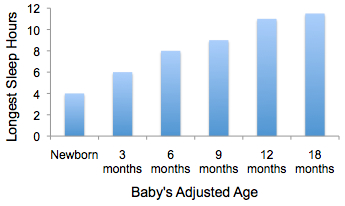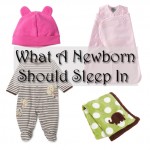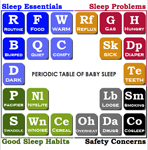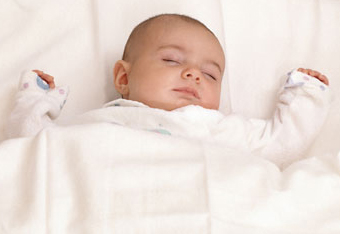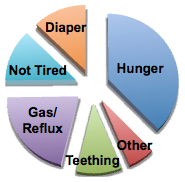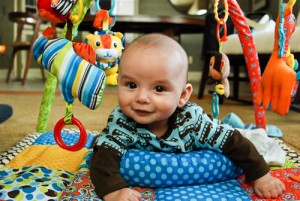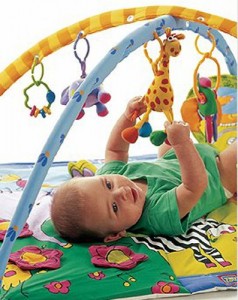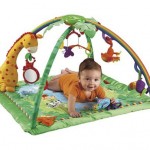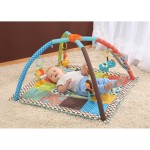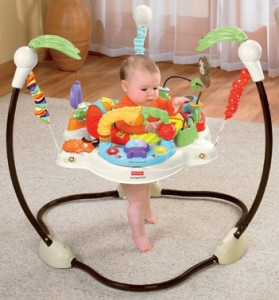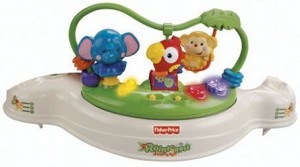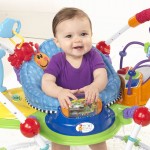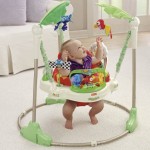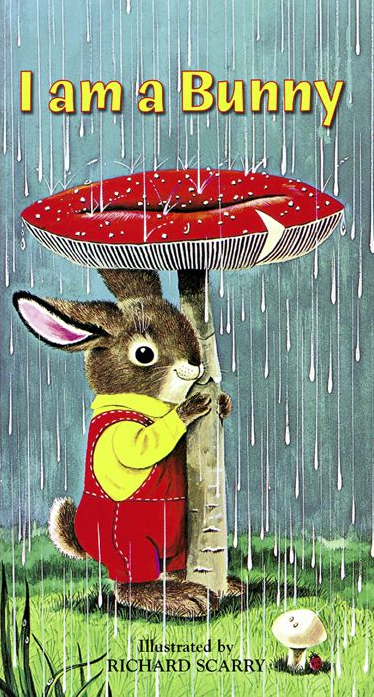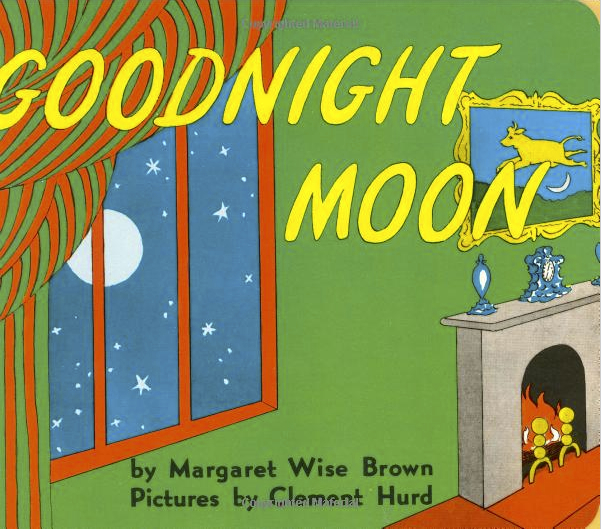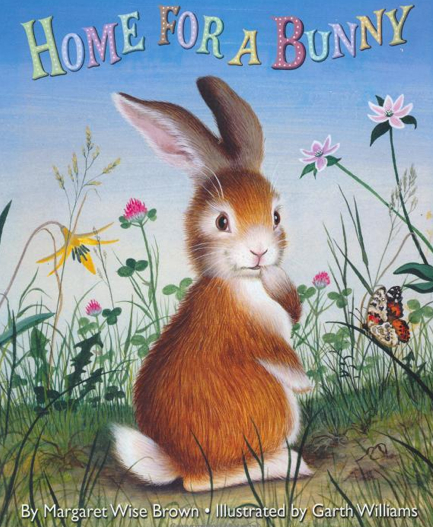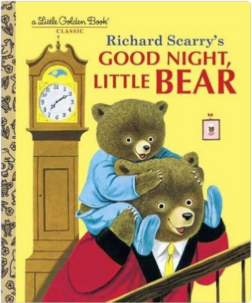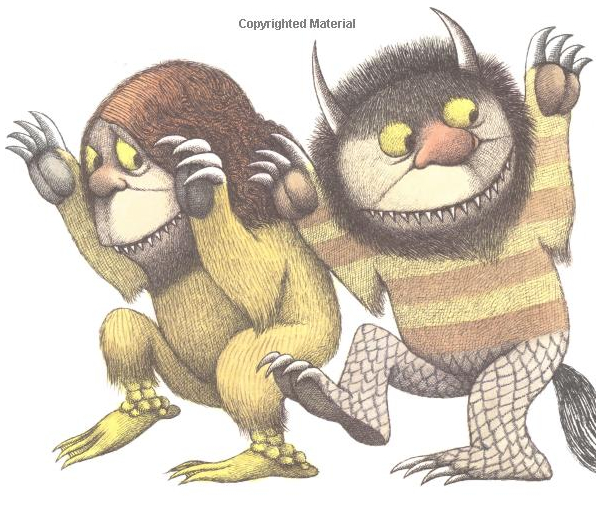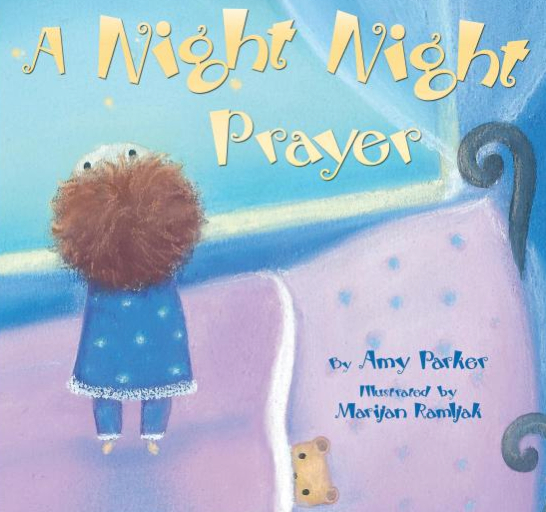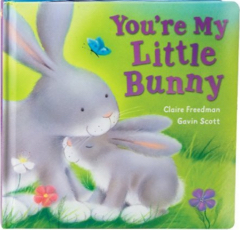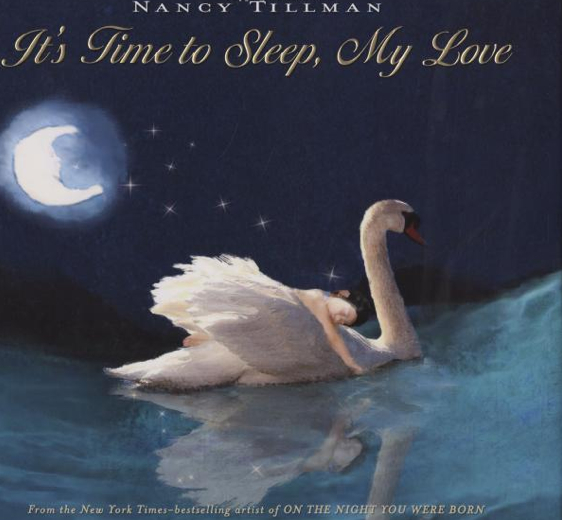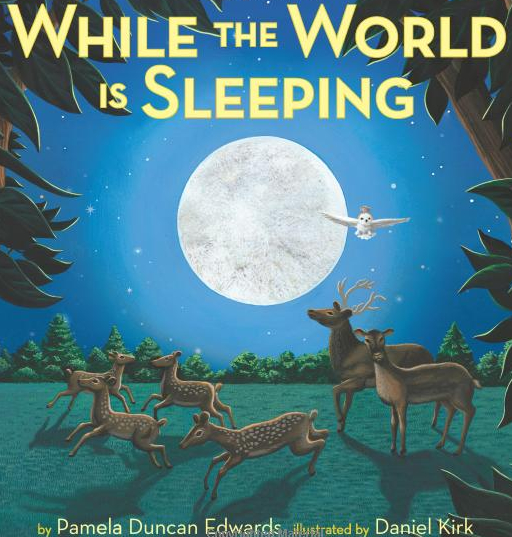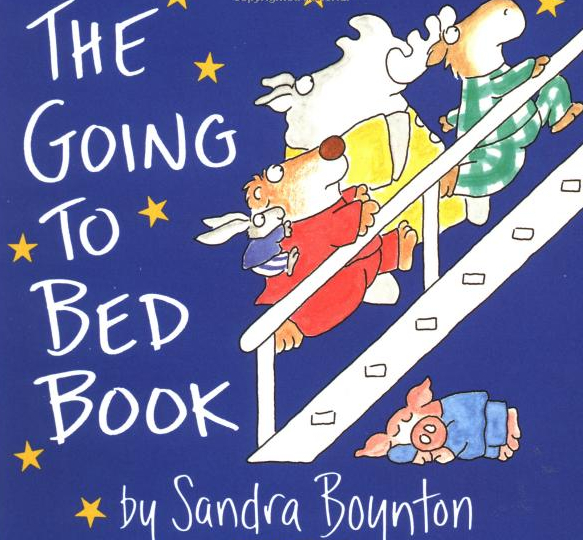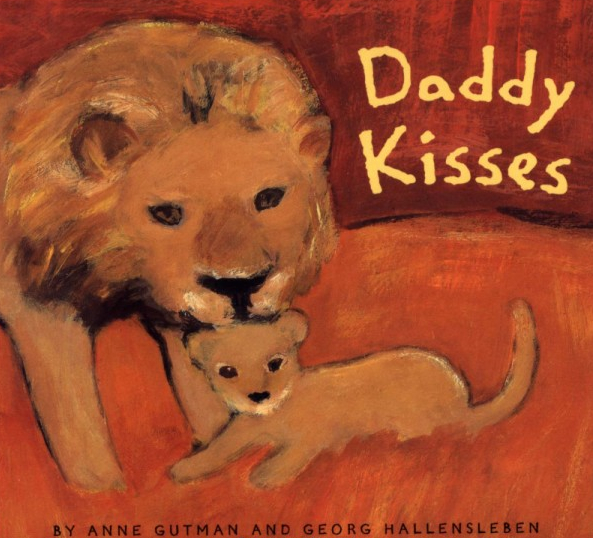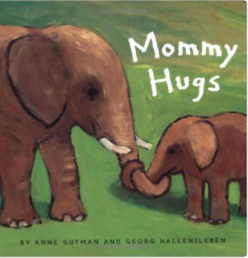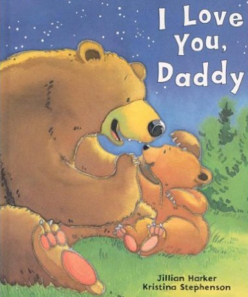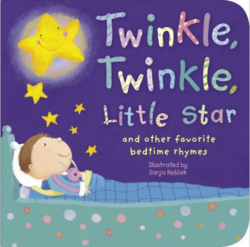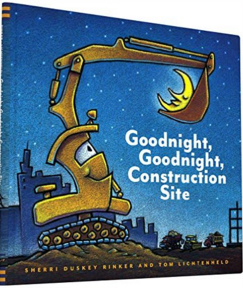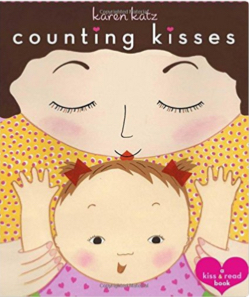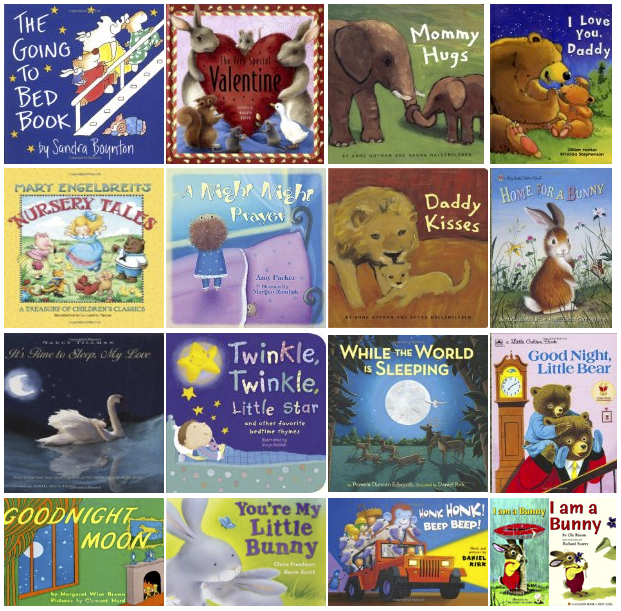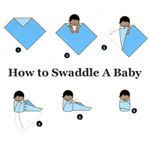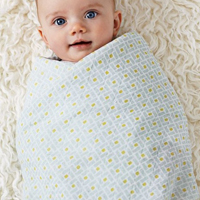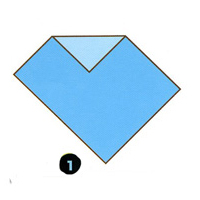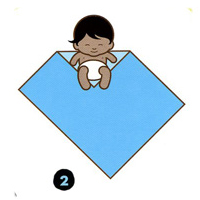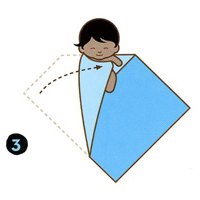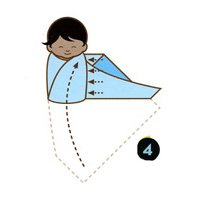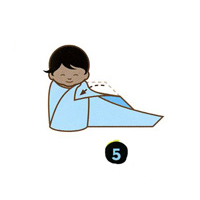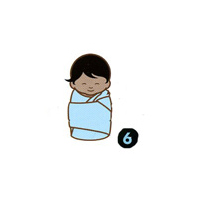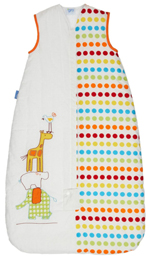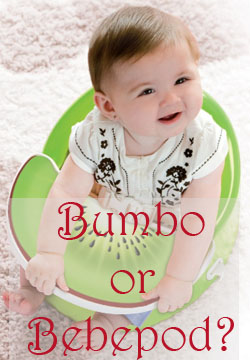 There are times when you want to put your baby down, but don’t want him laying down. Maybe he’s fussy about being left on the floor, or maybe he just downed a 6-ounce bottle. Bouncers and play yards probably aren’t the best choice when your baby’s just eaten.
There are times when you want to put your baby down, but don’t want him laying down. Maybe he’s fussy about being left on the floor, or maybe he just downed a 6-ounce bottle. Bouncers and play yards probably aren’t the best choice when your baby’s just eaten.
Baby seats like the Bebepod or Bumbo offer a nice alternative. These soft, molded plastic chairs are contoured to support your baby in a comfortable sitting position. They’re incredibly cute and wildly popular, and here’s why.
Features of Baby Seats
- Ergonomic sitting support, to prevent spit-ups or let you interact with your baby. They’re great for feeding, too.
- Light-weight and portable. Small enough to throw in the car as a backup high chair; you can usually strap them to a regular chair so your baby can join the table.
- Keep your baby off of the floor, which is nice when you’re in public or visiting another home.
- Non-toxic plastic construction makes them safe, durable, and easy to clean with warm soapy water. The broad base ensures that your baby can’t tip over.
[php function=2][/php]
Bumbo Baby Seat
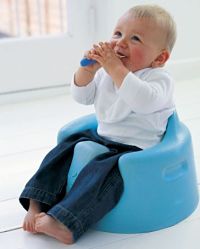 |
Baby Seat Review:The Bumbo baby seat is the “classic” model, the first of its kind. It’s basically a plastic seat with a round base, contoured to fit your baby, chubby legs and all. The key features
If there’s a down side to the Bumbo, it’s the price: these tend to be on the higher end ($45-50) than some other baby seats. You might get lucky in your local children’s resale shop, you might not. The good news if you buy one second-hand is that the hard plastic is easily washed (with hot soapy water) and dried.
|
Prince Lionheart bebePOD Flex Plus Baby Seat
 |
Baby Seat Review:The Prince Lionheart Bebepod may have surpassed the Bumbo in overall popularity. We ended up getting two of them, and were most impressed with the fitted tray/play toy that’s included.
The tray can be used with play toy (shown), for eating (using the watermelon slice), or removed and replaced with the soft rubber cap. We’re quite happy with these; anything that holds up for two destructive boys should win an award for durability!
|
Summer Infant 3 Stage Super Seat
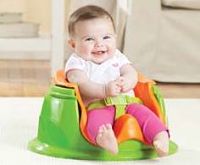 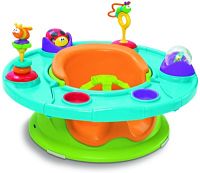 |
Baby Seat Review:Currently the bestselling baby seat on Amazon, the Summer Infant 3-stage Super Seat has three different configurations to accommodate your growing baby:
The Super Seat has a wide base for stability, and sturdy plastic construction so you can wipe it clean with soap and water. The soft foam insert for young infants (stage 1) is unique to this seat, and I really like it. The activity seat has both toys and two cupholders, which are handy for holding snacks or sippy cups when your child is big enough. This seat has won lots of awards, including the 2008 National Parenting Publications award. I can see why!
|
Choosing the Best Baby Seat for You
Quite honestly, from talking to other parents and reading the reviews on Amazon, it’s clear that most people love their baby seat — be it Bumbo or Bebepod — and put it to excellent use. If you have a chunky baby, or want the tray to use it as a high chair, the Bebepod comes with these included. That’s part of the reason that we got two Bebepods (one red, one green) for our twins. Plan to spend about $40-50 either way. It’s an investment you’ll be glad that you made! Plus, they hold their value really well, so you can pass it along to another family or sell it.



